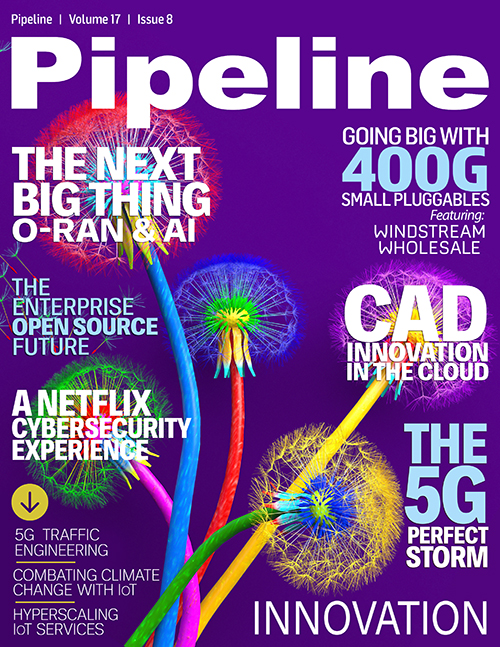O-RAN: The Next Big Thing in Telecom
A New Era Unfolds: Open RAN
According to the Telecom Infra Project, “OpenRAN is a vendor-neutral disaggregation of RAN at both the hardware and software levels on general-purpose processor-based platforms.” It breaks all proprietary bonds between hardware, virtualized components, and even software, exposing all interfaces and connections. This deconstruction provides an open playground for true innovation.
Potential opportunities
Despite investing in network upgrades and greater data throughput, the revenue from data services has increased only marginally over the past few years. To remain profitable, operators must reduce operational and capital expenses (OPEX and CAPEX), an opportunity afforded by O-RAN in the following ways.
Enhance service agility
O-RAN provides a commonality among heterogeneous resources, allowing operators to take advantage of market trends and user behavior by deploying services quickly.
Elevate network management
O-RAN orchestration supports automation by allowing programmable creation and deployment of containerized resources to meet service-level requirements of ultra-reliable and low latency communications (URLLC) and enhanced mobile broadband (eMBB) slices. As deep intelligence penetrates RAN architecture, it will create AI-based closed-loop automation to support faster decision-making to enhance the overall network-management process.Eliminate proprietary vendor monopolies
With vendors free to produce flexible future-proof hardware, operators can further exploit the spectrum. They may section spectrum for different industries or dense user hotspots and provision this dynamically for greater quality of service, quality of experience, and customer stickiness.
CAPEX reduction
Open RAN primarily involves disaggregating traditional fit-for-purpose solutions into off-the-shelf hardware and open-standards-driven software, thereby enabling a larger ecosystem of vendors and improving vendor diversity. The combination of commercial off-the-shelf (COTS) hardware and standards-driven solutions is expected to offer operators a significant gain in CAPEX reduction. Studies indicate that the traditional RAN domain is easily the most expensive part of a mobile network, representing 65 to 70 percent of its total cost. According to Deloitte, Open RAN can reduce CAPEX by 40 to 50 percent. The open standard promotes faster innovation cycles, improves supply chain diversity, and encourages automation of network operations to enable a lower overall network TCO.
However, it is important to note that the diversity and larger ecosystem afforded by O-RAN can create integration challenges if not well-orchestrated or limited by hardware choices. As the network becomes increasingly software-driven, it becomes imperative to look at integration challenges from a software-driven system view.


















